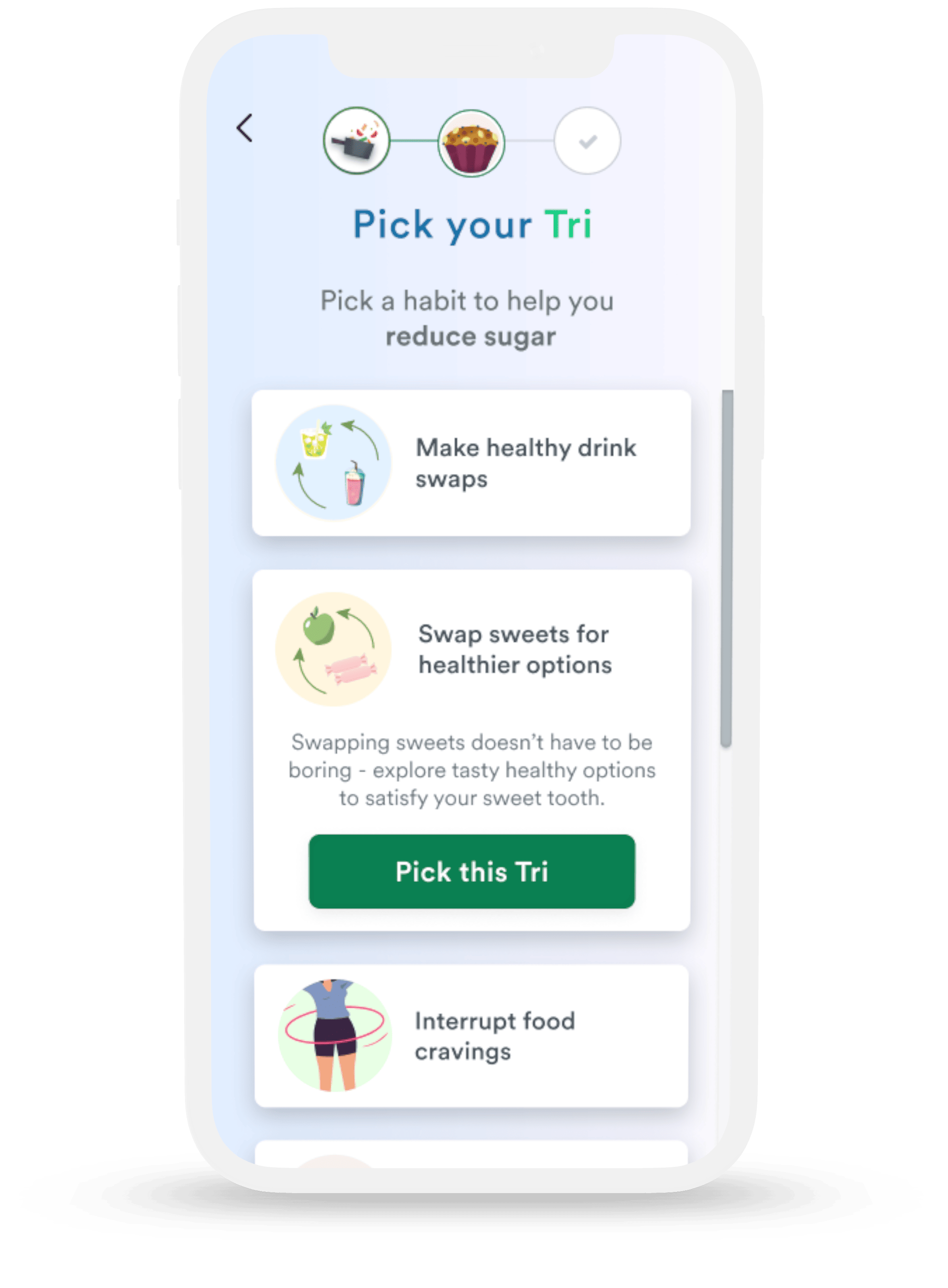Your life is busy – there’s no doubt about it. In this fast-paced world, stress is high and time is limited. We want to focus on our families, jobs, health, homes, and friends, but there aren’t enough hours in the day. And for many hours of the day, we’re staring at screens. Does this sound familiar?
The stress of balancing each of these priorities can take its toll, and it has never been more important to take care of your body and your mind.
While movement, food, and mindset play vital roles in health, one factor often goes overlooked: community. The profound impact of community on overall well-being cannot be overstated.
From influencing lifestyle choices to providing support and a sense of belonging, the role of community in wellness has the power to transform. How can having healthy friends benefit your health and wellness journey? Read on to find out.
The Power of Community in Wellness
Human beings are social creatures. We thrive when we connect with others and form meaningful relationships. Research consistently highlights the positive impact of community on health and well-being.
In a study published in the National Library of Medicine1, people who experienced a lack of community belonging exhibited poorer general and mental health across all ages of adulthood. A highlight from the same study concluded that “community belonging is associated with self-rated health at all ages.”
Maslow’s Hierarchy of Needs, a long-held psychological theory, argues that human needs can be broken down into five tiers representing a pyramid. Love and belonging – friendship, family, and a sense of connection – are necessary for human survival after meeting physiological and safety needs.
Engaging with a supportive community has been shown to reduce stress, anxiety, and depression while boosting self-esteem and overall life satisfaction. A solid social network provides a safety net during challenging times, promoting emotional resilience.
The Influence of Healthy Friends on Lifestyle Choices
The adage “you are the average of the five people you spend the most time with” holds true in the realm of wellness. Surrounding ourselves with health-conscious friends can significantly influence our lifestyle choices.
This isn’t peer pressure, which can make you decide to act a certain way to fit in with your social group. The influence and behavior are both unconscious. Your brain is always interpreting cues from people who surround you. Amber Gaffney, a social psychologist at Humbolt State University, says, “The more of your identity you draw from a group, even when you’re not around that group, the more likely you are to uphold those values.”
When friends prioritize activities like exercising, preparing nutritious meals, and engaging in stress-relief practices, these behaviors tend to rub off on us. Positive peer pressure can lead to better habits and a more health-conscious mindset.
The connection between health and community has been studied for decades. A common finding shows that greater involvement with your social connections, whether that is family and friends or a church or professional community, is associated with more positive health behaviors and outcomes.
A study published in 2018 in the Annual Review of Psychology presents evidence that social connections have a powerful influence on our health – a lack of connections to our families, local communities, and society at large qualifies as a risk factor for premature mortality.2
The Role of Community Support in Achieving Goals
Setting and achieving wellness goals can be daunting when embarked upon alone. This is where community support comes to the rescue. Whether it’s a group fitness class, an online wellness forum, or a local running club, the shared pursuit of common goals within a community fosters accountability, motivation, and a sense of camaraderie.
The encouragement and shared experiences of others make the journey toward wellness more enjoyable and sustainable. The friendships you gain out of the experience are a bonus.
Building a Health-Conscious Community
Community-building doesn’t happen overnight – it requires intentional effort and a shared vision.
One of the best ways to build a health-conscious community is through a practice-and-tweak approach, also known as the Iterative Mindset Method. This holistic approach to life helps you improve on bite-sized, positive habits that lead to lasting change.
When building a community focused on health and wellness, start small, learn what works for you and your friends, reassess, iterate, and practice. Here are some points to consider as you iterate toward a health-conscious community:
Shared Values
Identify friends and acquaintances who share a commitment to wellness – they will make up the foundation of your community. You may find these companions through existing social circles, your workplace, or social media platforms.
Inclusive Activities
Organize group activities like fitness classes, hikes, or cooking clubs. These shared experiences build bonds and offer opportunities for members to engage in healthy behaviors together.
Virtual Communities Leverage virtual communities such as the Tri(be) within the Fresh Tri App to connect with like-minded individuals beyond physical boundaries. Virtual communities can provide a space for sharing successes, seeking advice, and staying motivated. Invite friends and family members to join for free and Tri together!
Supportive Environment
Foster an environment where community members feel comfortable discussing challenges and seeking guidance. Non-judgmental support creates a safe space for growth and improvement. Approaching health and wellness with an Iterative Mindset means you’ll never fail as long as you stay in effort. The Fresh Tri app uses this fail-safe approach to help users build healthy habits, guilt- and shame-free.
Nurturing Social Connections for Long-Term Well-being
Building and nurturing meaningful relationships is not just a matter of companionship; it’s a fundamental pillar of long-term well-being. These connections provide emotional support during challenging times, promote a sense of belonging, and contribute to a healthier mindset.
Research consistently underscores the link between robust social networks and increased life satisfaction, reduced stress, and potentially a longer lifespan. A study published this year provides support for the belief in the relationship “between meaningful participation, sense of belonging and connectedness, and well-being in a healthy population.”3
As we navigate life’s journey, investing time and effort into fostering these connections can be a powerful investment in our overall happiness and sustained well-being.
Build a Wellness Community with Fresh Tri
Wellness is a holistic journey that encompasses the physical, mental, and emotional aspects of our lives. While personal choices are crucial, the impact of community on well-being is undeniable. The power of community lies in its ability to inspire healthier choices, provide unwavering support, and create a sense of belonging.
By consciously building and nurturing health-conscious communities, we can amplify our efforts toward leading happier, healthier lives together. The Fresh-Tri app offers gentle nudges and simple reminders to continue to iterate your way to building the health-conscious community you deserve.
Ready for a fresh start? Download the app today.
References
- Michalski, C. A., Diemert, L. M., Helliwell, J. F., Goel, V., & Rosella, L. C. (2020). Relationship between sense of community belonging and self-rated health across life stages. SSM – population health, 12, 100676. https://doi.org/10.1016/j.ssmph.2020.100676
- Holt-Lunstad, J. (2018). Why social relationships are important for physical health: A systems approach to understanding and modifying risk and protection. Annual Review of Psychology, 69(1), 437–458. https://doi.org/10.1146/annurev-psych-122216-011902
Haim-Litevsky, D., Komemi, R., & Lipskaya-Velikovsky, L. (2023). Sense of Belonging, Meaningful Daily Life Participation, and Well-Being: Integrated Investigation. International journal of environmental research and public health, 20(5), 4121. https://doi.org/10.3390/ijerph20054121













